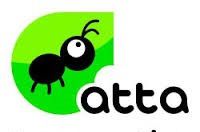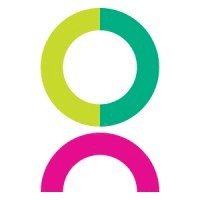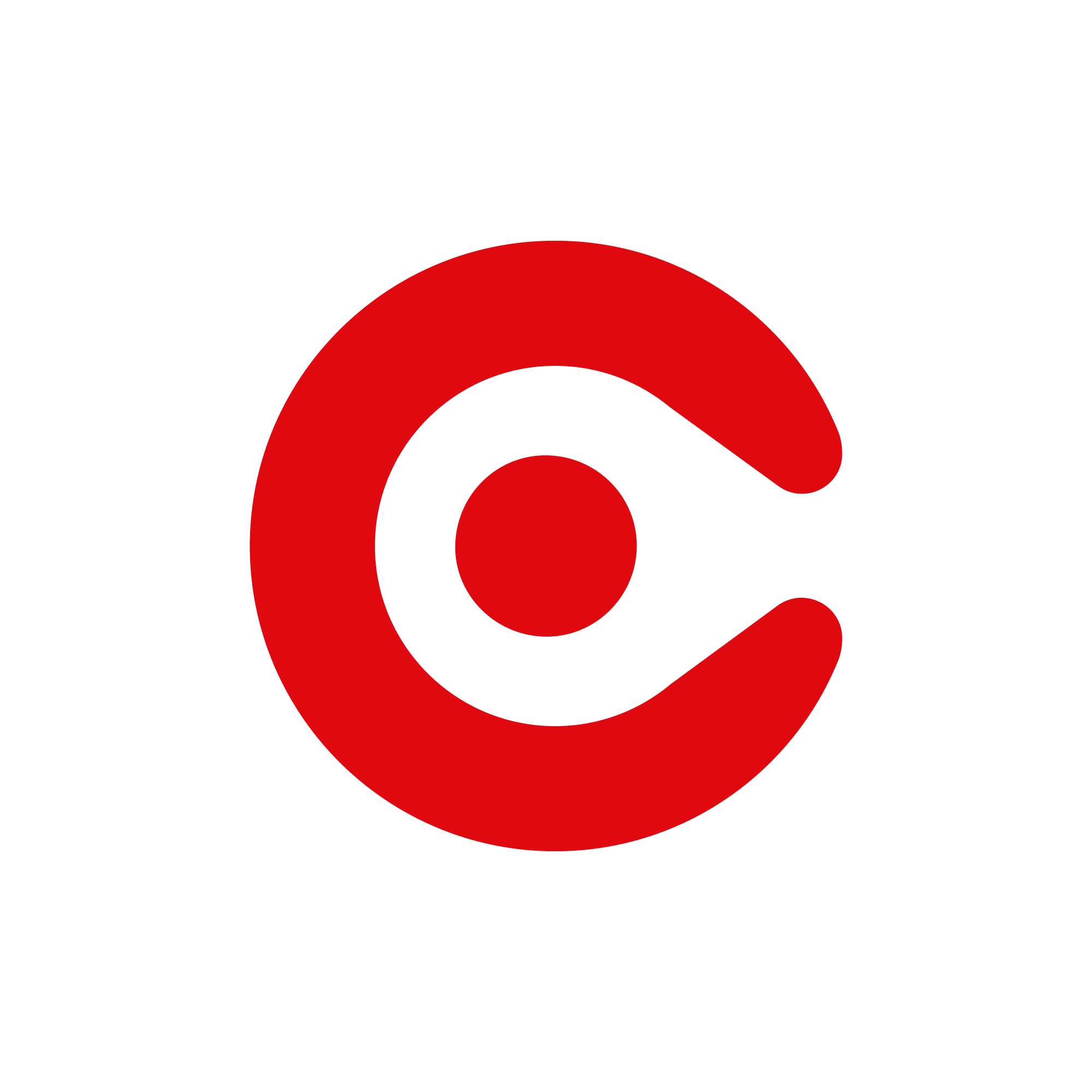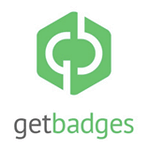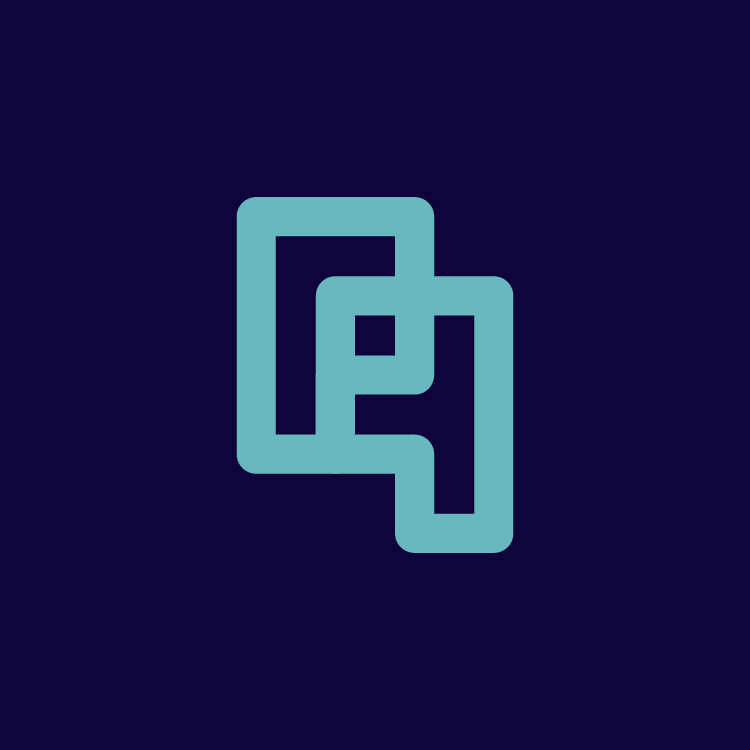What Is Gamification Software?
Gamification software is a potent tool that engages and motivates people to accomplish certain goals by utilizing game design ideas and mechanics. It makes routine chores more fun and efficient by converting them into engaging and participatory experiences. Numerous contexts, such as education, staff training, consumer loyalty programs, and more, can make use of this software.
At its foundation, gamification software leverages aspects such as points, badges, leaderboards, and challenges to tap into the human drive for competitiveness, achievement, and recognition. These characteristics give users a feeling of achievement and advancement, which motivates them to keep taking part and enhancing their abilities or conduct. The capacity of gamification software to promote desired behaviors and results is one of its main advantages.
It can boost user motivation and engagement by adding aspects of enjoyment and competitiveness, which will raise output and performance levels. Additionally, it can offer useful insights into user performance and behavior, enabling companies to enhance their procedures and make data-driven decisions. It is crucial to assess gamification software's capabilities, customization possibilities, and interoperability with current systems.
Additionally, examining the user demographic and their preferences can assist choose the most acceptable software for a certain purpose. Businesses must select the gamification software choice that best suits their goals and budget from the many possibilities available. By investing in the correct gamification software, firms may create major advantages in areas such as employee training, customer engagement, and overall performance.
What Are The Recent Trends In Gamification Software?
The term "gamification software" has gained popularity in the corporate sector in recent years, and it appears to be here to stay based on current trends. This creative method of inspiring and involving workers, clients, and users has become increasingly popular, making it a vital component of any business's technology stack. We will examine current gamification software trends in our buyer's guide, along with factors to take into account before making an investment in this expanding sector.
1. Personalization: The capacity of gamification software to tailor the user experience is one of its most recent developments. Gamification software may offer a customized experience for every person, making it more interesting and pertinent, with the aid of data analytics and machine learning algorithms. Businesses can target particular behaviors and objectives thanks to this customisation, which increases their success rate.
2. Integration With Other Systems: The incorporation of gamification software with other systems, such CRMs or learning management systems, is another trend. Businesses may easily include gamification into their current workflows thanks to this connection. For instance, clients might obtain badges for fulfilling specific tasks on the business's website, or staff members can accrue points and incentives for finishing training programs.
3. Mobile Optimization: Gamification software was developed to meet the growing need for mobile devices. Nowadays, a lot of gamification software provides mobile-friendly features, including apps, to keep customers interested while they're on the go. Businesses with mobile or remote teams would particularly benefit from this trend since it keeps employees motivated and connected no matter where they are.
4. Social Collaboration: Users can compete and work together with their peers thanks to gamification software's integrated social collaboration features. This social component makes the encounter more interesting and pleasurable by introducing a competitive element. Additionally, it promotes a feeling of community and teamwork, which raises spirits and increases output.
5. AI And Automation: Another new trend that is gaining traction is the application of AI and automation in gamification software. By automating tasks, tracking and analyzing data, and predicting actions, these technologies improve the effectiveness and efficiency of the gamification process. AI can also provide users with tailored recommendations, which will enhance their experience in general.
Benefits Of Using Gamification Software
Many companies are using gamification software, a potent tool, in their plans to increase participation and produce desired outcomes. Gamification has several advantages for companies in a variety of sectors, from boosting consumer loyalty to employee efficiency.
The following are the main advantages of using gamification software:
1. Increases Motivation: By appealing to people's natural competitive and fun tendencies, gamification makes chores and activities more pleasurable and inspiring. Points, prizes, and leaderboards are examples of game-like features that encourage workers to finish tasks and reach objectives.
2. Improves Training And Learning: By using gamification software, routine training and learning procedures can be transformed into dynamic, captivating experiences. Features such as challenges, simulations, and quizzes increase the likelihood that workers will remember material and use it in their work.
3. Enhances Collaboration And Teamwork: By encouraging healthy competition between people or groups, gamification fosters cooperation and teamwork. In order to overcome obstacles and receive rewards, employees are urged to collaborate, which improves communication and builds a sense of teamwork.
4. Boosts Employee Productivity: Gamification can boost employee motivation and engagement by making work more pleasurable and rewarding. This can therefore result in increased efficiency and production at work.
5. Promotes Innovation And Creativity: By pushing staff members to think creatively and unconventionally and develop original answers to problems, gamification can also promote innovation and creativity. Businesses can maintain an advantage over rivals and spur expansion by doing this.
6. Enhances Customer Engagement: Gamification is a powerful tool for attracting and keeping consumers. Businesses may encourage consumers to engage with their brand and build lasting relationships by introducing game-like aspects into marketing campaigns and loyalty programs.
7. Offers Useful Information And Insights: Gamification software has the ability to monitor and examine user behavior, giving companies useful information and insights. With the usage of this data, gamification tactics can be improved and well-informed decisions made.
Important Factors To Consider While Purchasing Gamification Software?
Customers should take into account a few crucial elements when buying gamification software to make sure they are making the right choice.
1. Software Objective: Clearly defining the software's goal is the first step in choosing the best gamification software. Do you wish to improve learning and development, boost client loyalty, or inspire and engage staff members? This will assist you in reducing the number of possibilities and selecting software that best suits your requirements.
2. Functionality And Features: Every gamification program has a unique collection of features and capabilities. While some might concentrate more on social recognition, others might feature intricate gaming mechanics. It is essential to assess these aspects and choose those that complement your aims and objectives. Take into account your team's learning curve as well as how simple it is to utilize the software's capabilities.
3. Capabilities For Integration: Gamification software shouldn't be used independently. It need to work in unison with the platforms and systems you now have. This will provide a better user experience and a seamless data flow. Verify the software's ability to integrate with your CRM, HRMS, or other pertinent systems before making a purchase.
4. Customization Choices: Every company has its own distinctive identity, values, and culture. You should be able to modify your gamification software to fit these requirements. Seek for software that lets you personalize game mechanics, add your own branding features, and adjust the experience to your target demographic.
5. User Engagement: How well gamification software engages and motivates users determines how effective it is. To gauge the software's level of involvement before buying, test it out yourself or read user reviews. To keep people engaged and motivated, look for elements like challenges, badges, and leaderboards.
6. Analytics And Reporting: It's critical to collect information and assess how well your gamification initiatives are working. To monitor user engagement, progress, and return on investment, look for software with strong analytics and reporting capabilities. This will assist you in making data-driven decisions and refining your gamification approach.
7. Security And Privacy Of Data: These are important factors to take into account, just like with any software. Make sure the gamification program you select has the right security measures in place to safeguard private information, particularly if it includes employee data.
8. Customer Service: Because gamification software might be complicated, you might run into problems or have inquiries when utilizing it. Choose a supplier that provides dependable customer service by email, phone, or live chat. This will guarantee that you can get help whenever you need it.
What Are The Key Features To Look For In Gamification Software?
It's crucial to carefully evaluate the essential elements that will best meet your company's needs before making an investment in gamification software. The market is overflowing with possibilities as gamification continues to gain traction across industries, therefore it's critical to comprehend and assess these aspects in order to make an informed choice.
We will outline the most important characteristics to search for in gamification software.
1. Customization Capabilities: The software's capacity to adapt game elements to your unique company aims and target audience is one of the most important things to take into account. Seek software that enables you to design customized goals, challenges, and rewards that complement the objectives and culture of your business.
2. Multichannel Engagement: To cater to a range of user interests and behaviors, a complete gamification solution should provide numerous engagement channels, including social media, web, and mobile. This makes the gamification process more smooth and inclusive.
3. Analytics And Reporting: To monitor and assess the development and effects of your gamification strategy, a good gamification software program should have strong analytics and reporting capabilities. Look for features such as real-time data, user behavior tracking, and performance dashboards to gain valuable insights and make data-driven decisions.
4. Integration With Current Systems: Selecting software that can easily integrate with your current systems, such as CRMs, learning management systems, and customer support software, is crucial if you want to successfully integrate gamification into your business processes. This will guarantee a more seamless installation and save time and resources.
5. Gamification Templates And Templates: Software that offers pre-made templates and themes is a good choice for individuals who are new to gamification in order to get started as soon as possible. To make the gamification setup process easier, look for features like pre-made challenges, industry-specific templates, and modifiable game mechanics.
6. Collaboration Tools: Select software with collaboration features like leaderboards, group challenges, and team promotions to encourage cooperation and healthy competitiveness. This will improve results by inspiring and involving your target audience or staff.
7. Security And Data Privacy: Just as with any software, you should make sure the gamification platform you've selected has strong security features to safeguard your data and preserve your privacy. To protect your sensitive data, look for features like encryption, data backups, and secure login.
Why Do Businesses Need Gamification Software?
For many reasons, businesses require gamification software. The primary benefit of integrating gaming mechanics and aspects into professional activities and procedures is that it boosts employee motivation and engagement. This can result in a more positive and cooperative work culture as well as a more enthusiastic and productive team. Software for gamification can also be used to engage and retain customers.
Businesses can motivate and inspire their clients to remain devoted and involved with their goods and services by utilizing game mechanics like challenges, points, and awards. The capacity of gamification software to offer real-time data and analytics is a further advantage. Businesses can use this to monitor and assess the success of different gamification techniques and learn more about the behavior of their staff and clients.
Future gamification projects can then benefit from the informed decisions and optimizations made possible by this data. Additionally, gamification software might be an affordable training and development option. Employees are more likely to remember information and apply it to their work when dull and uninteresting training materials are turned into interactive and entertaining activities.
By eliminating the need for expensive and conventional training techniques, this can ultimately save organizations time and money. Being unique and differentiating your brand is essential in today's cutthroat industry. By giving their staff and clients a distinctive and unforgettable experience, gamification software can assist companies in achieving this.
Additionally, it can increase customer happiness and brand loyalty. All things considered, companies require gamification software to boost employee engagement, boost output, obtain insightful data, lower training expenses, and distinguish their brand. Businesses may remain ahead of the competition and succeed in the long run by integrating gaming elements into their operations.
How Much Time Is Required To Implement Gamification Software?
The size and complexity of your company, as well as the particular features and customization choices you select, can all have a significant impact on how long it takes to install gamification software. The procedure may take a few weeks to several months on average. Setting defined goals and objectives for the use of gamification software is crucial in the early phases.
This will assist you in choosing the appropriate software and developing a successful implementation plan. Designing the game mechanics and rewards that support your objectives and outlining the user journey are the following steps after choosing the software. It may take many weeks to finish this process. If you have all the tools you need and the software provider's assistance, you can finish the product's actual implementation in a few days.
It can take longer, though, if you need a lot of customisation or system integration. It's crucial to remember that gamification software implementation is a continuous process that calls for constant observation and modification to guarantee its efficacy. As a result, after the first installation, setting aside adequate time for training and monitoring is essential to its long-term effectiveness.
All things considered, it's critical to realize that the time required to adopt gamification software is flexible and can change based on your unique requirements and available resources. To obtain a more accurate estimate for your specific situation, it is advised that you conduct in-depth research and speak with the software provider.
What Is The Level Of Customization Available In Gamification Software?
It's critical to comprehend the degree of customisation offered to meet your specific objectives when thinking about gamification software for your company. Any software must be customizable in order to provide a tailored experience that supports your aims and objectives. Depending on the particular platform and its characteristics, gamification software offers varying degrees of customisation.
Nonetheless, the majority of gamification software provides a great deal of customisation to fit your target demographic and brand. Setting certain objectives and prizes, choosing and customizing game elements, and choosing design and branding options are a few examples of this. Additionally, certain gamification software enables the development of unique game mechanics and challenges, giving your players a more customized experience.
This degree of personalization guarantees that your gamification strategy is in line with your business goals while also giving it a distinctive touch. Furthermore, a lot of gamification platforms give you the choice to combine them with different programs and systems that are utilized in your company. This facilitates data collecting and analysis and enables a smooth user experience.
When choosing a gamification program, it's critical to take into account the degree of customisation offered, since this has a direct impact on the efficacy and success of your gamification approach. To determine which software is best for your company, make sure to investigate and contrast the customization choices offered by various programs. You may develop a distinctive and captivating gamification experience that benefits your company with the correct amount of personalization.
Which Industries Can Benefit The Most From Gamification Software?
Software for gamification has grown in popularity as a tool for companies trying to increase staff and customer motivation and engagement. Because of its adaptability, it can be used in a variety of industries and is therefore a wise investment for businesses of all sizes. We'll go over which sectors stand to gain the most from gamification software and how it may improve their operations in this buyer's guide.
1. Education: In recent years, the use of gamification software in the education sector has significantly increased. It has been shown to be an effective tool for motivating students to engage in educational activities and for enhancing the dynamic and enjoyable nature of the learning process. In education, gamification software can be applied to improve student engagement, encourage healthy competition, and strengthen memory retention, among other goals.
2. Retail: Customer involvement is essential to a company's success in the fiercely competitive retail industry. Software for gamification can be very helpful in this situation. Retailers may boost sales, foster customer loyalty, and collect useful consumer behavior data by integrating game-like features into their marketing efforts. Additionally, gamification can be utilized to train retail staff members, enhancing their abilities and expertise to deliver superior customer service.
3. Healthcare: Gamification software has a lot to offer the healthcare sector, particularly in the areas of staff training and patient care. Healthcare professionals can enhance patient motivation, treatment plan adherence, and general health results by including gamified components into patient treatments and therapies. Medical staff training can also benefit from gamification, which increases learning effectiveness and engagement.
4. Human Resources: To increase employee engagement, retention, and productivity, HR departments have embraced gamification software. It can be applied to employee appreciation initiatives, performance management, training, and onboarding. HR professionals can encourage employees to accomplish their goals and create a healthy work culture by implementing game-based strategies such as missions, challenges, and prizes.
5. Sales And Marketing: Since gamification software can be used to develop dynamic and captivating campaigns to draw in and keep consumers, sales and marketing teams can also profit from it. Businesses can increase sales, customer loyalty, and brand exposure by incorporating game-like features like challenges, leaderboards, and points.
Conclusion
The use of gamification software has grown in popularity in a world where motivating and engaging customers are essential to corporate success. Businesses have witnessed notable increases in user engagement, productivity, and overall performance through the introduction of game components like points, leaderboards, and awards.
To assist you in making an informed choice, we have discussed the key components of gamification software in this buyer's guide. Following an in-depth discussion of the features and functionalities to look for in a gamification program, we began by comprehending the idea of gamification and its advantages. Next, we explored the many kinds of gamification software and how well they fit particular business requirements.
Along with the cost models and budgetary considerations, we also talked about the significance of integrations and compatibility with current systems. To help you better grasp what each platform has to offer, we also included a thorough analysis of the best gamification software available, pointing out both its advantages and disadvantages.
To help you assess the user experience, we have also included actual consumer reviews and ratings. Lastly, we talked about the many issues and worries that companies can have when using gamification software and offered suggestions for its effective uptake and use.
To sum up, purchasing the appropriate gamification software can result in notable enhancements to user motivation, engagement, and business performance. We hope that this buyer's guide has given you the information and understanding you need to select the best gamification software for your company's requirements.

